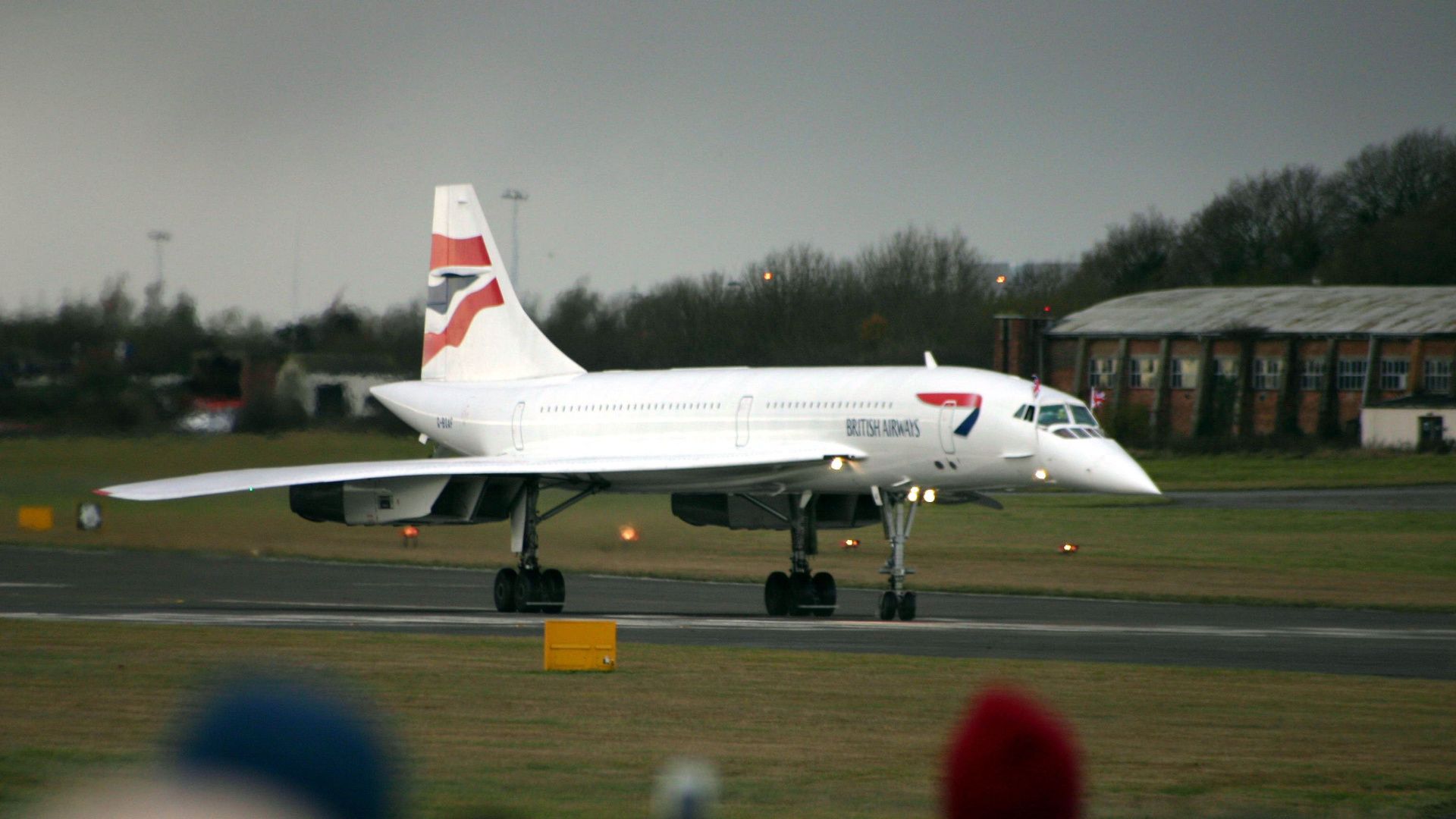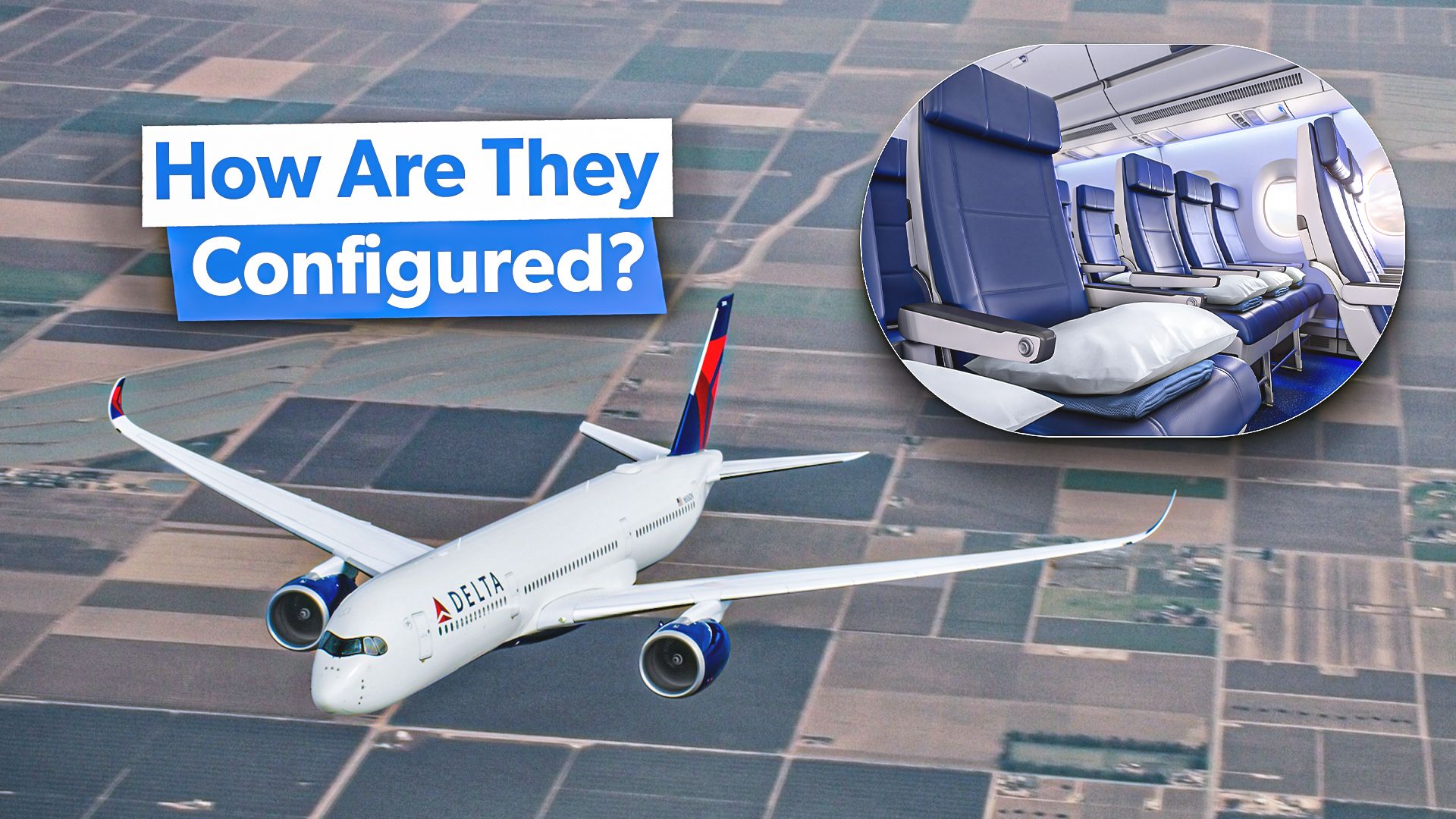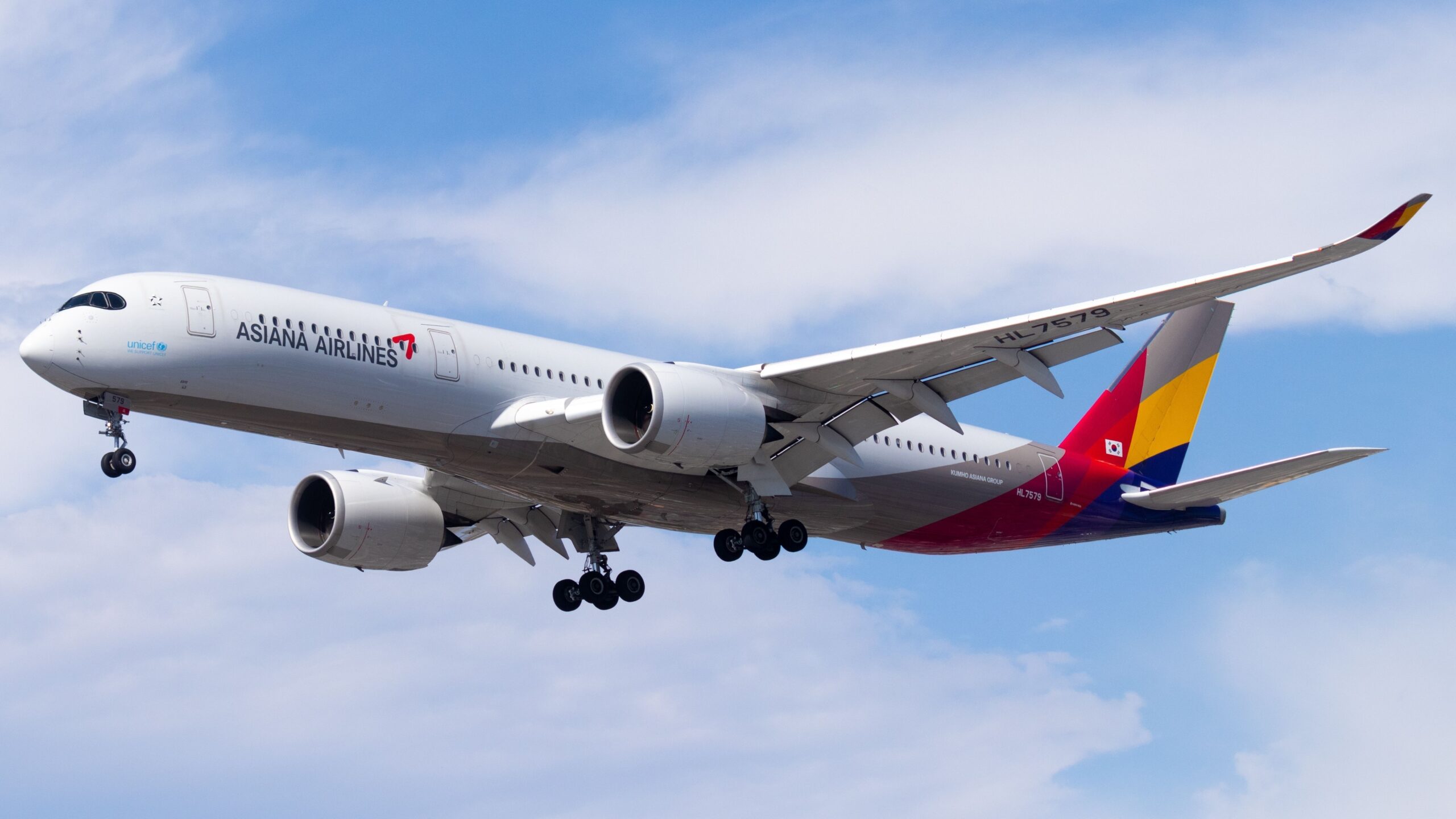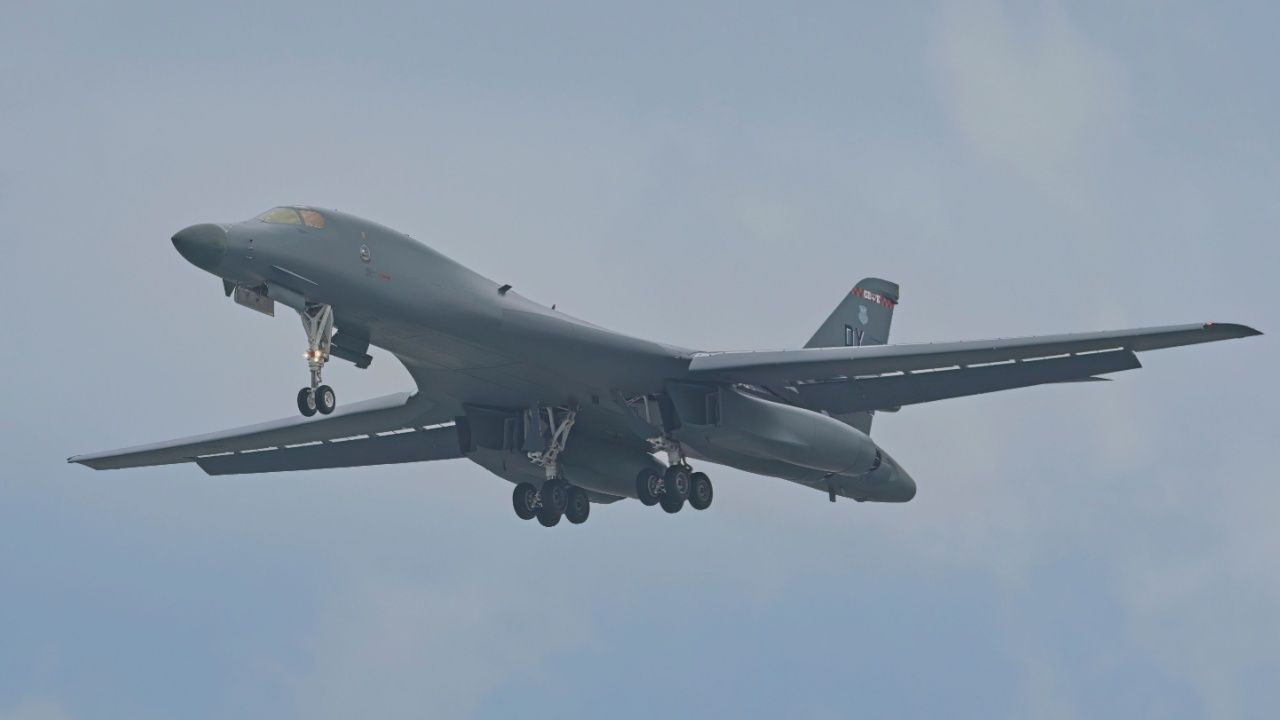Summary
- Restoring a preserved Concorde to fly is highly unlikely due to complexity and costs.
- The Concorde has been retired for over 20 years, with most aircraft displayed in museums.
- While Concorde may not fly again, new supersonic airliners like Boom Overture are in development.
Could a preserved Concorde ever take to the skies? After all, NASA took a rival Soviet Tu-144 out of storage and flew it, giving it a new lease on life. However, the Tu-144 was leased by NASA when it was in a near-new condition – not that long after it had been retired (and NASA still had to do a massive amount of work to get it to fly).
While restoring and flying one of the retired Concordes is theoretically possible, it is extremely unlikely. Only twenty airframes were built, of which 14 were put into commercial operation. No Concorde has flown in more than twenty years (meaning a huge amount of work would be needed to get one airworthy).
The history of Concorde
In the early 1960s, the governments of the UK and France agreed to design an aircraft capable of supersonic flight. Development continued through the 1960s and 1970s, with the prototype flying in 1969, followed by the first commercial service in 1976. There were initial orders from over a dozen airlines, but many were canceled due to environmental and economic factors, including the 1973 energy crisis.
When the Soviets learned that the Europeans were developing supersonic passenger jets, they rushed to produce their own – the Tu-144 (dubbed the Concordski). However, the Tu-144 was a dismal failure, with two crashes and never truly being put into commercial passenger service. The Americans also looked at developing their own supersonic passenger jets, but these were canceled. Boeing’s proposed B-2707 progressed as far as building a mockup.
Photo: British Airways
Only British Airways and Air France eventually operated Concorde. The 14 commercial Concordes were evenly split, with seven at British Airways and seven at Air France. Due to the supersonic speed of the aircraft, the scheduled flight time from London to New York was typically 3.5 hours. The time difference meant you would land in New York earlier than you departed London.
BA and Air France continued to operate the aircraft until its crash in Paris in July 2000, which resulted in its removal from service for safety modifications. British Airways reintroduced Concorde in September 2001, but the economics of operating Concorde and the slump in air travel after 9/11 resulted in British Airways and Air France retiring their fleets. The final Concorde flight was in November 2003.

Related
Concorde Routes: Where Did The Supersonic Jet Fly?
Concorde flew to many different places besides the well-known transatlantic routes.
Where are the aircraft today?
After Concorde was retired, the surviving examples of the aircraft have become mainly museum exhibits in varying states of preservation. Many are in excellent condition, and some even have all four engines attached. One Air France Concorde was still partially active after retirement to help with investigations into the crash.
|
Air France Concordes on display |
|
|---|---|
|
Number: 001 |
Musee de I’air et de I’espace, Le Bourget, France |
|
Number: 102 |
Musée Delta, Paris, France |
|
Number: 201 |
Aeroscopia, Toulouse, France |
|
Number: 205 |
Udvar-Hazy Center, Chantilly, Virginia, US |
|
Number: 207 |
Technik Museum Sinsheim, Germany |
|
Number: 209 |
Aeroscopia, Toulouse, France |
|
Number: 213 |
Musée de l’air et de l’espace, Le Bourget, France |
|
Number: 215 |
Charles de Gaulle Airport, France |
Readers who have flown into and out of London’s Heathrow Airport (LHR) may have noticed an ex-British Airways Concorde stored outside. However, this example of the iconic jet has had its engines removed and was internally stripped of its parts. The Concorde at the National Museum of Flight in Scotland had to have its wings removed to transport it into place by boat.
|
British Concordes on display |
|
|---|---|
|
Number: 002 |
Fleet Air Arm Museum, Yeovilton, England |
|
Number: 101 |
Imperial War Museum Duxford, England |
|
Number: 202 |
Brooklands Museum, Weybridge, England |
|
Number: 204 |
Manchester Airport, England |
|
Number: 206 |
National Museum of Flight, East Fortune, Scotland |
|
Number: 208 |
Heathrow Airport, England |
|
Number: 210 |
Intrepid Museum, New York City, US |
|
Number: 212 |
Grantley Adams Airport, Barbados |
|
Number: 214 |
Museum of Flight, Seattle, Washington, US |
|
Number: 216 |
Aerospace Bristol, Filton, England |
Elsewhere, the frames at the Smithsonian Museum in Washington and another in Barbados have been preserved to a high standard. Despite the ongoing preservation, none of these Concordes are anywhere close to being airworthy.
Could a preserved Concorde fly again?
There are presently no modern commercial airliners in service that compare with the speed and glamor of Concorde. Ever since retirement, there have been campaigns to get Concorde flying again. There are two Concordes at Le Bourget Airport in Paris, and of these, one is considered to be the best preserved.
Photo: British Airways
That said, even this one would require significant investment to enable it to fly again. After all, maintenance support from Airbus was discontinued after the aircraft retired, so spare parts are not in production. With Concorde having been withdrawn from service almost 20 years ago, a diminishing number of people with experience working with the aircraft are still in the industry.
Even if the technical and regulatory issues could be resolved, it would be difficult to justify the economics of reactivating Concorde and integrating it into the fleet of a modern airline. It may be technically possible to restore a preserved example of Concorde to be able to fly again, and there have been several groups interested in doing so. Still, it would take a significant financial commitment.
The challenges of manufacturing and certifying new parts, maintaining a licensed flight crew capable of flying it, and ongoing maintenance and preservation mean we are no closer to seeing Concorde flying again since its last flight in 2003.

Related
How Fast Did Concorde Actually Fly From New York To London?
The supersonic jet cut transatlantic journey times by more than half.
Not for the want of trying
As mentioned earlier, there has been some interest in getting preserved examples of Concorde moving again, if not back in the sky. For instance, in 2010, the BBC reported that a £15 million project had been launched to return an ex-Air France Concorde to the air. The group wanted it to feature as part of the opening ceremony of the 2012 Olympics, but this never came to fruition.
Additionally, Concorde could have seen a return to the skies with Virgin Atlantic amid founder Richard Branson’s £1 offer for the aircraft in 2003. It would have certainly been interesting to see how the type would have performed with BA’s rival.
Looking ahead
While we probably won’t see Concorde flying again, there are strong prospects for the return of supersonic flight in the commercial realm. Several companies across the continents have been researching and developing concepts to reintroduce rapid operations to our skies.
|
Boom Overture |
|
|---|---|
|
Cruise speed: |
Mach 1.7 |
|
Passenger capacity: |
64-80 |
|
Cruising altitude: |
60,000 feet |
|
Range: |
4,250 NM |
|
Profitable routes: |
600+ |
The most prominent contender is Boom Supersonic with its Overture aircraft. The company is making significant progress with test aircraft ahead of the opening of the Overture ‘Superfactory’ in North Carolina. Boom anticipates that its aircraft will carry passengers by 2029.
There are even hypersonic prospects on the cards, with the likes of Destinus working on hydrogen models to introduce 90-minute transatlantic flights. Still, it is Concorde that paved the way for these ideas around half a century ago.







